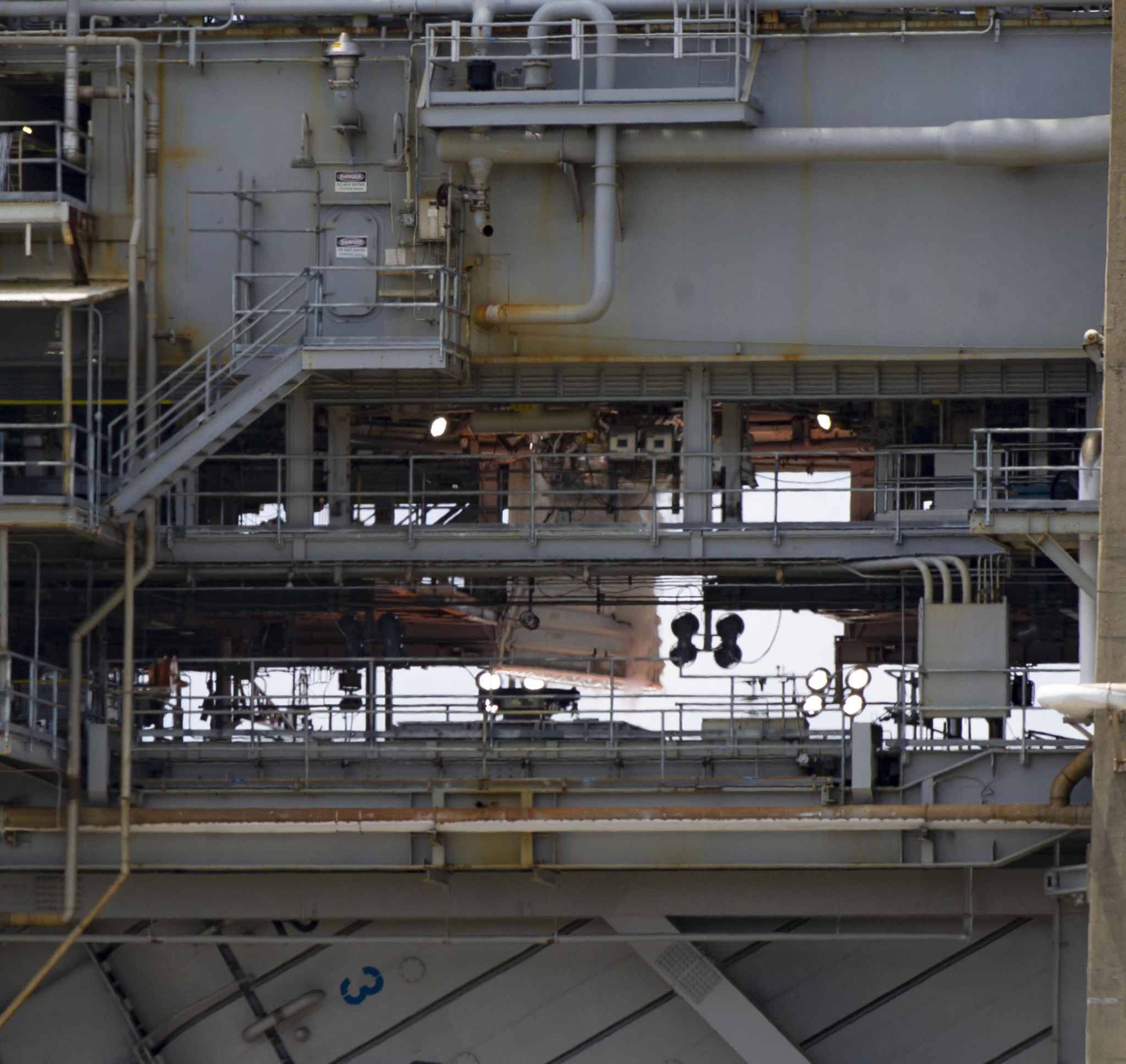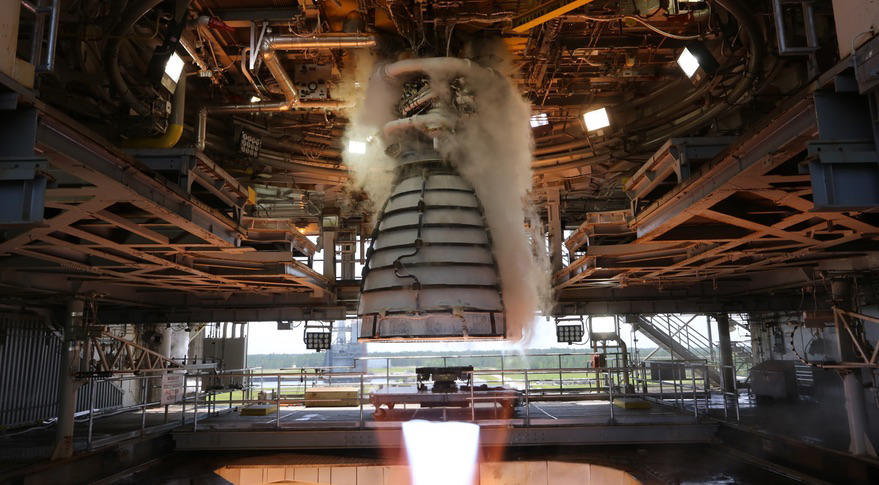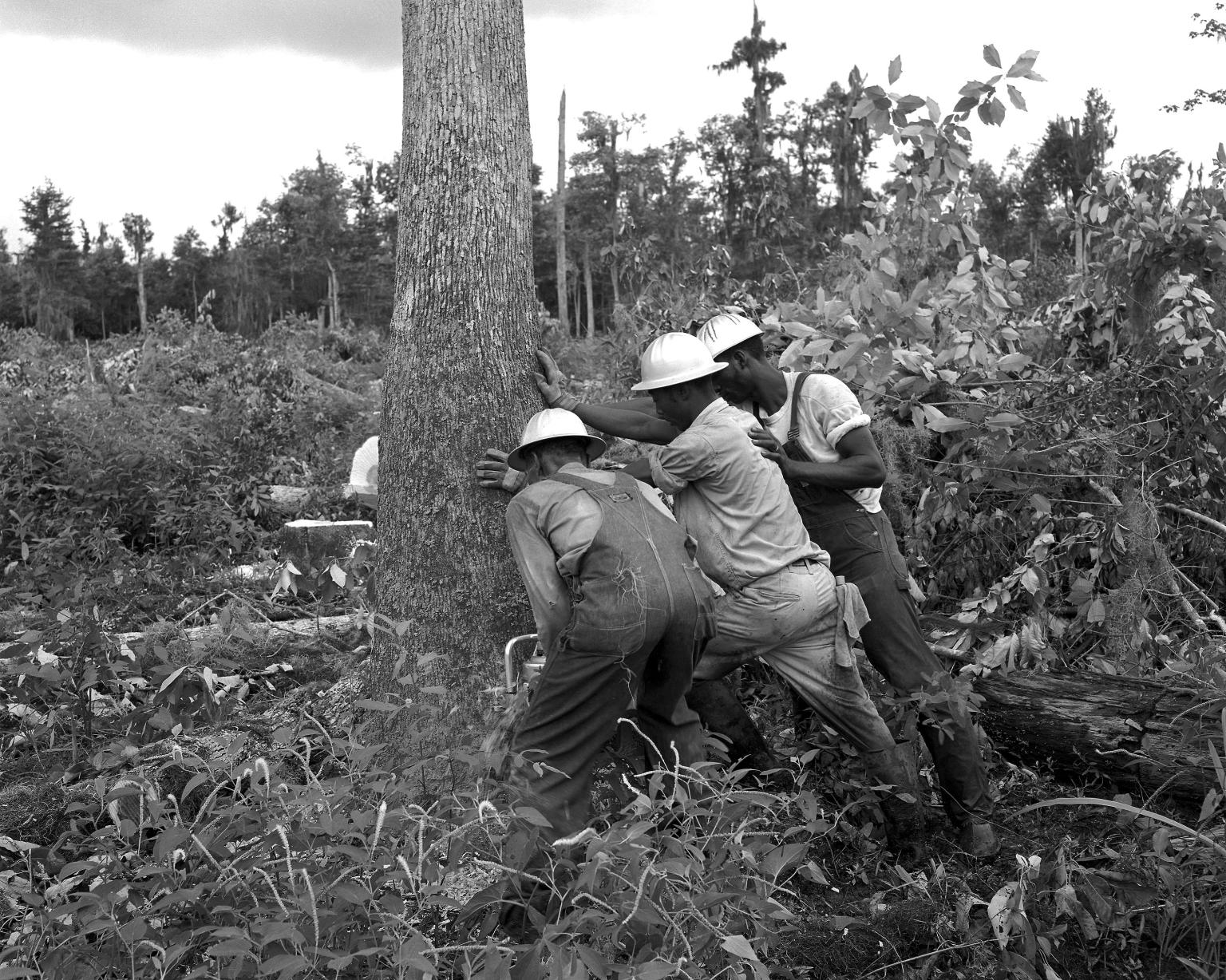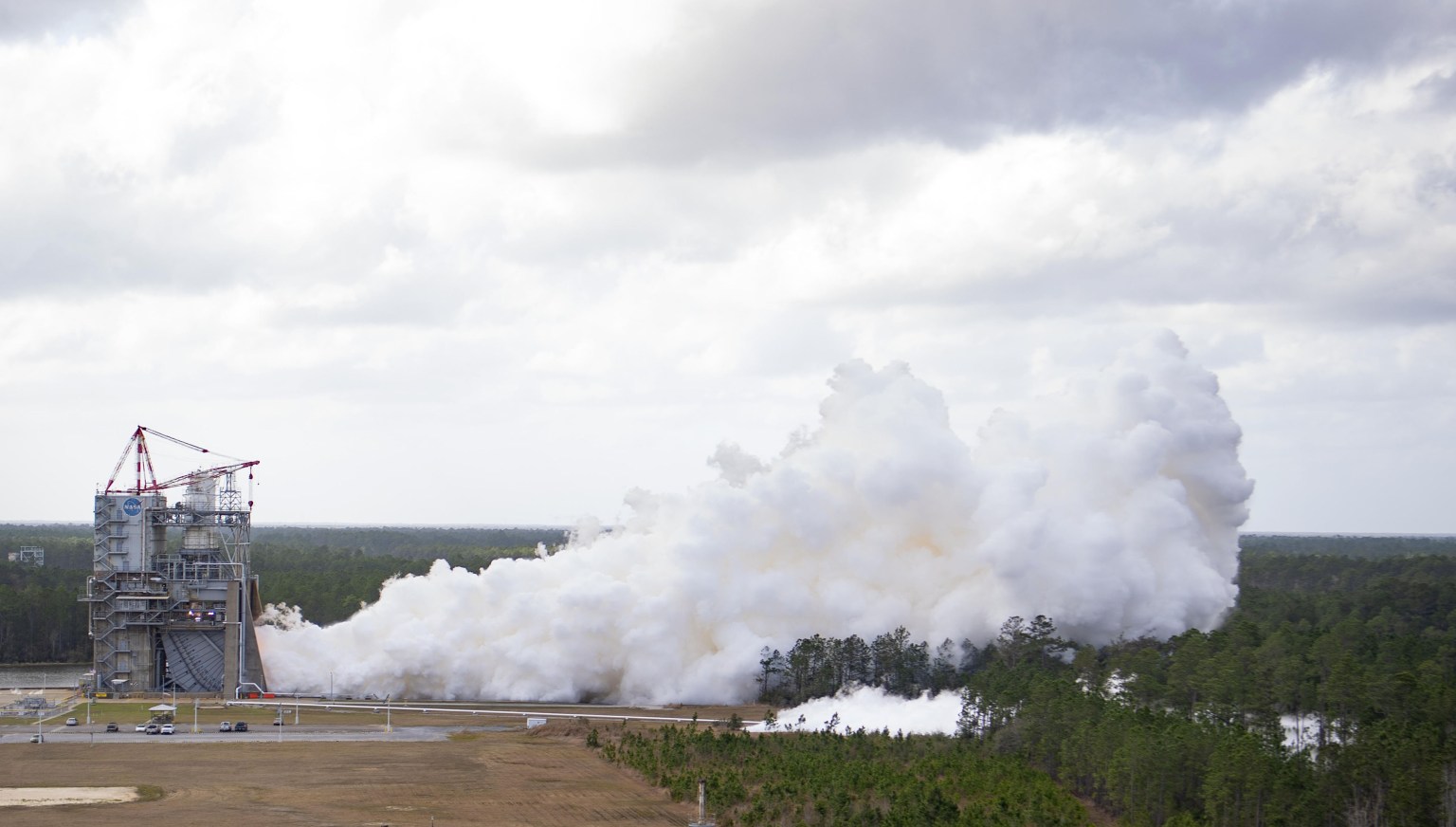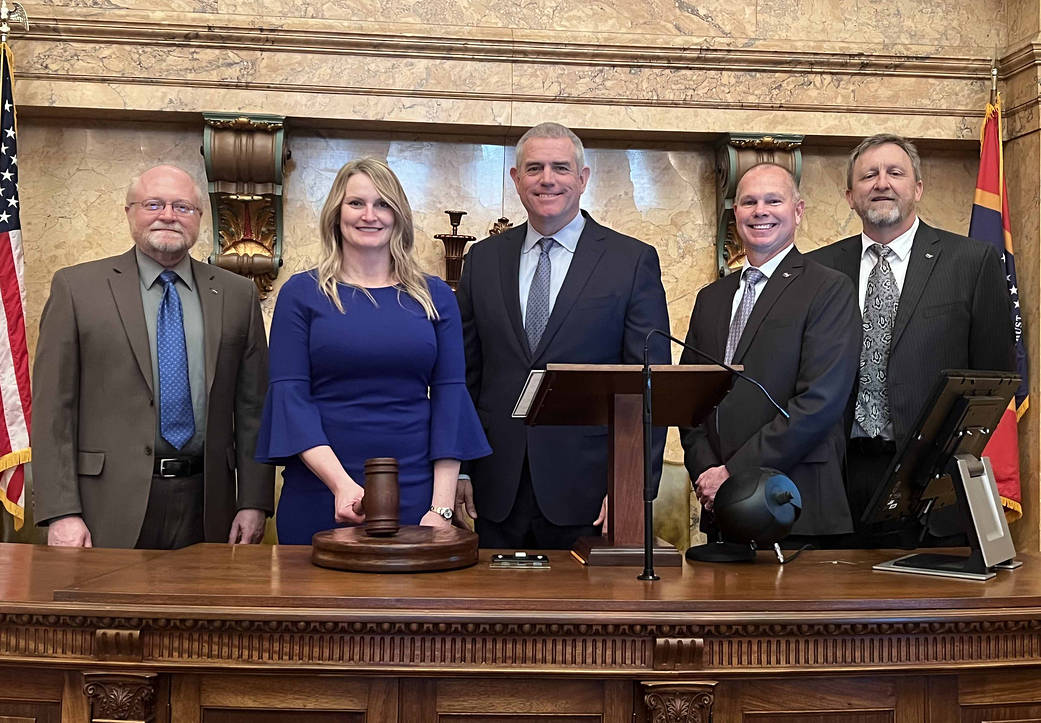View in Spanish
Do you have a question for NASA Stennis? If you do not see your question below, submit your question to the NASA Stennis Office of Communications by emailing SSC-Office-Of-Communications@mail.nasa.gov.
How do I get a job at NASA Stennis?
Information on employment opportunities may be found online at Employers and Careers at Stennis and the USA Jobs website. Information about internships at NASA Stennis is available at: NASA Intern.
What is the pay scale for NASA employees?
Pay scale information for Federal employees, including the General Schedule (GS), may be accessed on the United States Office of Personnel Management (OPM) web page.
What are the INFINITY Science Center’s hours of operation, and can I book a tour in advance for a large group?
Information about INFINITY Science Center, the official visitor center for NASA Stennis, including hours of operation, exhibits, group tours, and contact details, may be found on the INFINITY Science Center web page.
How can I find a schedule of rocket engine tests and how can I view a test?
Due to the unpredictable nature of rocket engine testing, the test schedule is not publicly released. As a result, it is not feasible to coordinate a visit in conjunction with an engine test. Public engine test viewings are periodically scheduled and announced through local media, social media, and on the NASA Stennis website. RS-25 engine tests are broadcast live on NASA Stennis Facebook and NASA Stennis YouTube channels.
Are tours of NASA Stennis available?
Regular bus tours from INFINITY Science Center are no longer available. However, the site does plan periodic public events that feature windshield tours of the center. These are announced through local media, social media, and on the NASA Stennis website.
How can I find information about the NASA Office of STEM Engagement, including details about educator resources and training opportunities?
The NASA Stennis Education web page includes information about various Office of STEM Engagement activities, including educator opportunities. For NASA STEM resource materials, please visit the A-Z List of NASA Publications or the A-Z List of NASA Websites for quick links to resources for educators and students.
How do I find out about environmental concerns?
Information on the Environmental Assurance Program at NASA Stennis can be found by visiting: https://www.ssc.nasa.gov/environmental/envman/iso/iso.html.
How do I request a speaker for a private group or organization?
To request a NASA speaker, please contact the Speakers Bureau Coordinator by submitting a written request to ssc-office-of-communications@mail.nasa.gov.
How can I find out about having a NASA exhibit or outreach participation at an event I am organizing?
To request a NASA exhibit and outreach activity at your event, please contact the NASA Stennis Outreach Coordinator by submitting a written request to ssc-office-of-communications@mail.nasa.gov.
How can I obtain photos of Stennis events, programs, and activities?
Numerous photographs, along with descriptions, are available on the NASA Stennis website at: Stennis Images. Center-related videos are available on the website at: NASA Stennis Videos. Additional photos and video may be found by searching in the NASA Image and Video Library.
How can I find information about NASA’s Space Launch System and its Artemis missions to the Moon?
Information about NASA’s plan to travel deeper into space than ever may be found on the following web pages: Space Launch System, Artemis, Moon to Mars.
How do I get information about NASA’s space telescopes?
NASA’s Hubble Space Telescope, including images, may be found on the Hubble Space Telescope web page.
Information about the James Webb Space Telescope, including images, may be found on the James Webb Telescope web page.
Where can I find more technical information on NASA’s research?
Information about NASA technical publications and papers, including points of contact and how to search for and submit papers, can be found on NASA’s Scientific and Technical Information Program web page.
Where can I find more information about NASA astronauts?
Information about NASA astronauts, including recent news, a fact book, biographies of former and active astronauts, and appearance guidelines, may be found on NASA’s Astronaut Homepage.
How can I become an astronaut?
Information about becoming an astronaut, including guidelines and answers to frequently asked questions, may be found on NASA’s Astronaut Selection Program web page.
Where can I find information about NASA’s Space Camp and the Astro Camp programs?
Information about Space Camp may be found on the Space Camp web page.
Information about Astro Camp may be found on the NASA Stennis Education web page.
Where can I get NASA’s Freedom of Information Act (FOIA) regulations, a listing of NASA FOIA contacts and general information regarding FOIA?
Information on NASA’s FOIA program is available at: NASA Freedom of Information Act (FOIA).
Information on NASA Stennis’ FOIA program is available at: NASA Stennis FOIA Library.
What is NASA’s budget?
Information on NASA’s budget can be found at: Budgets, Plans and Reports.
How has NASA benefited the United States?
Information on spinoff technology resulting from NASA research can be found at: http://spinoff.nasa.gov/.
I am visiting NASA Stennis for official business. What are the visiting procedures?
When visiting NASA Stennis for official business, visitors must have a valid photo ID to receive visitor badges. There are two reception centers: one at the South Gate (located off Interstate 10 at Highway 607) and one at the North Gate (located off Interstate 59 at Highway 607). Upon receiving the visitor badge, visitors must be accompanied by a Stennis Space Center badged employee and cleared at the security gate. For more information, call 228-688-2211.
I am from out of the country and visiting NASA Stennis for official business. What are the visiting procedures?
Foreign national visitors should work with their sponsor to ensure proper clearances are received before visiting the center. Foreign national visitors must fill out form SSC-776 NASA Foreign National Management System Visitation Request and submit it for approval at least 30 days prior to the date of the visit. Please be advised, in some cases, requests must be submitted 60 or 90 days prior to the date of the visit.
I am interested in doing business with NASA Stennis. Where can I find more information?
Information on doing business with NASA Stennis can be found at the “Doing Business with Us” page.
How can I stay tuned in to news and events at NASA Stennis?
Check the NASA Stennis website and follow the NASA Stennis accounts on Facebook, Twitter, YouTube, and Instagram for the latest news and events. Various resources also are available on the NASA Stennis Media Resources page.
How can I see the International Space Station (ISS) in the sky where I live?
NASA’s Spot the Station web page features an interactive map to explore sighting information for your area, a live tracking map, a sign-up form for email and/or text alerts when the space station is flying over your area, frequently asked questions, and other information.
I heard NASA has a rainmaking machine at NASA Stennis. Is that true?
RS-25 engines use liquid oxygen and liquid hydrogen as propellants. These are the same elements that combine to create water (H2O). For an RS-25 engine test, liquid hydrogen and liquid oxygen are mixed in the engine combustion chamber and ignited, which results in extremely high-temperature exhaust (up to 6,000 degrees F) exiting the nozzle into the flame deflector at a very high rate and pressure. Hundreds of thousands of gallons of water also are flowing into the flame deflector to cool the exhaust and protect the deflector. When the hot exhaust mixes with the water, it creates steam that rises into the atmosphere, forming a cloud that subsequently cools. Depending on the temperature and humidity at the time of the test, this cloud of steam may condense into water and fall in a very limited and localized area. The steam released during a test is water and does not pollute the atmosphere.





























